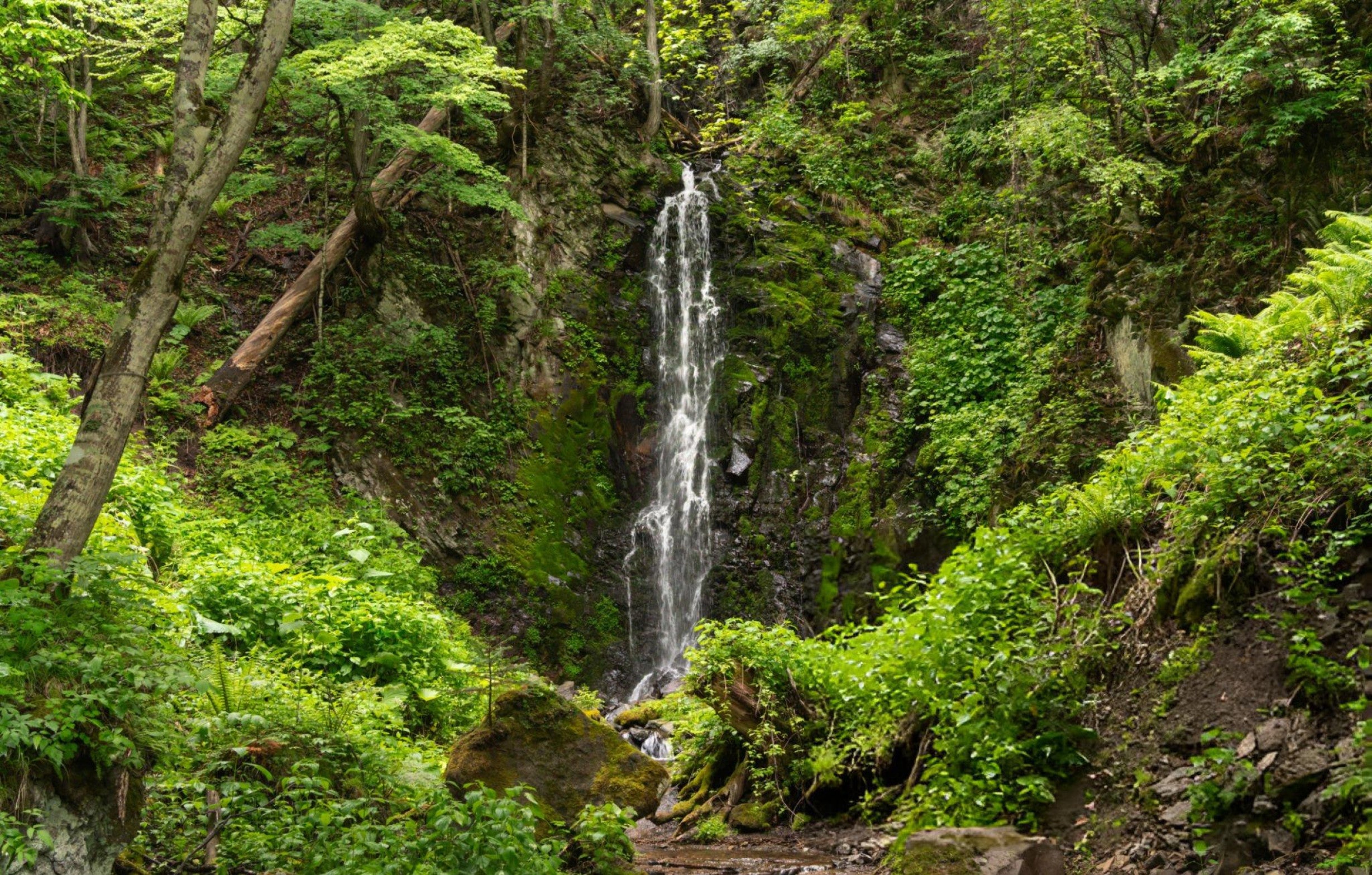New Stories
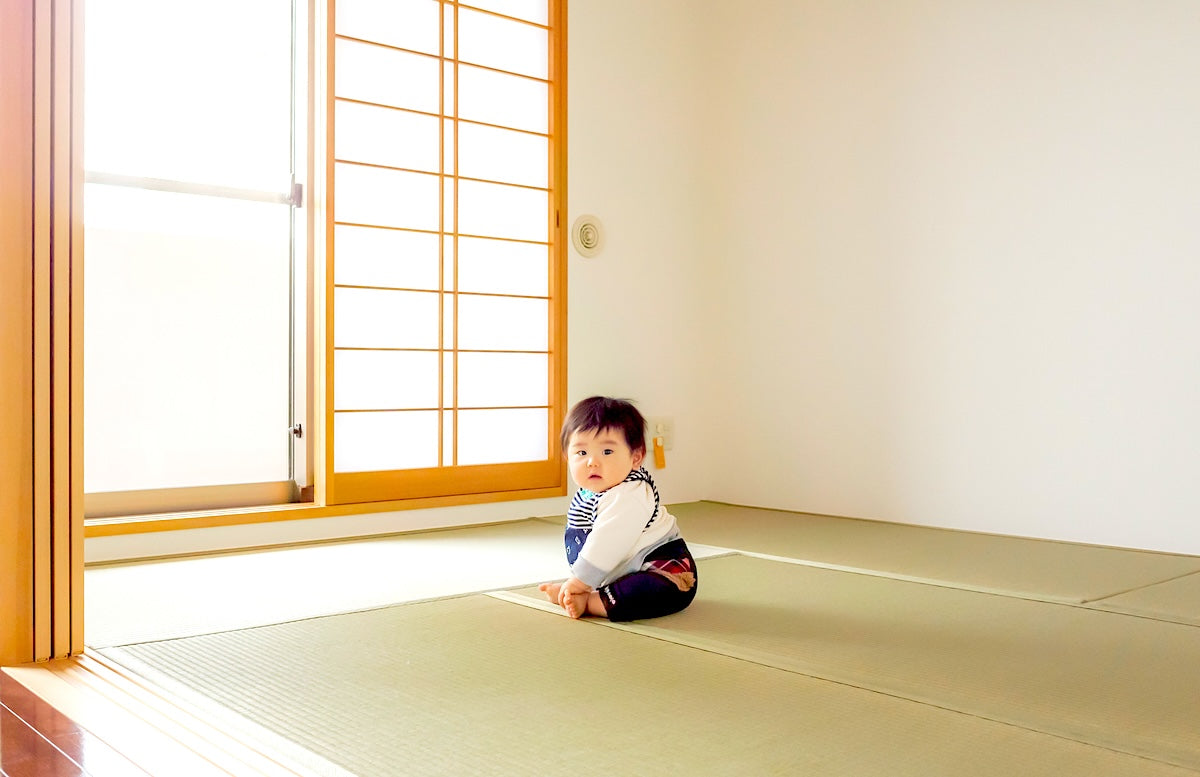
Baby Your Japanese Floor: How to Clean Tatami Mats
A guide to picking the right type of tatami as well as preventing mold and mites and removing stains.
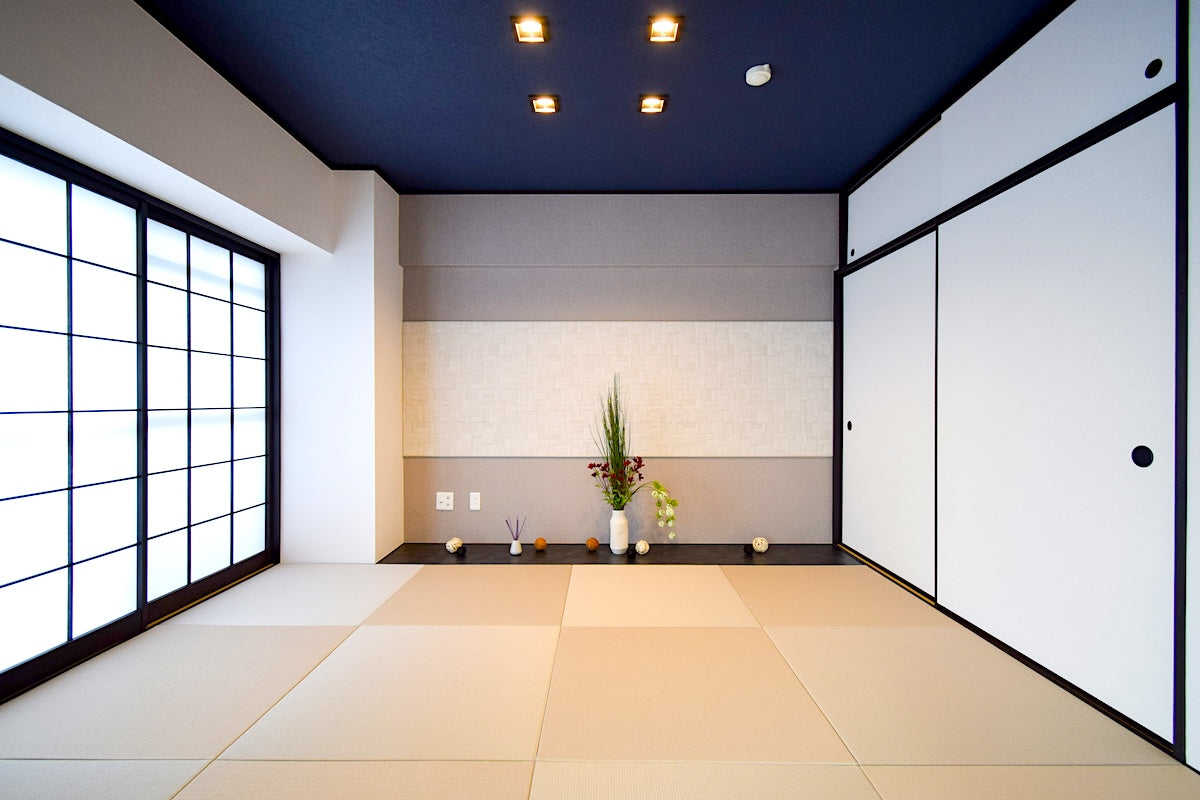
What You Need to Know About Tatami Mats Before Buying
The range of tatami options available can feel overwhelming but this guide will help you find the mats that fit your home, habits and humidity levels.

It’s a Dog’s Life: Japan’s Top Dog Shrines and Temples, Part 4
From legendary hounds to true tales of modern-day dogs, these shrines and temples tell the stories of good dogs and the canine deeds that left a mark in the hearts of people around them.
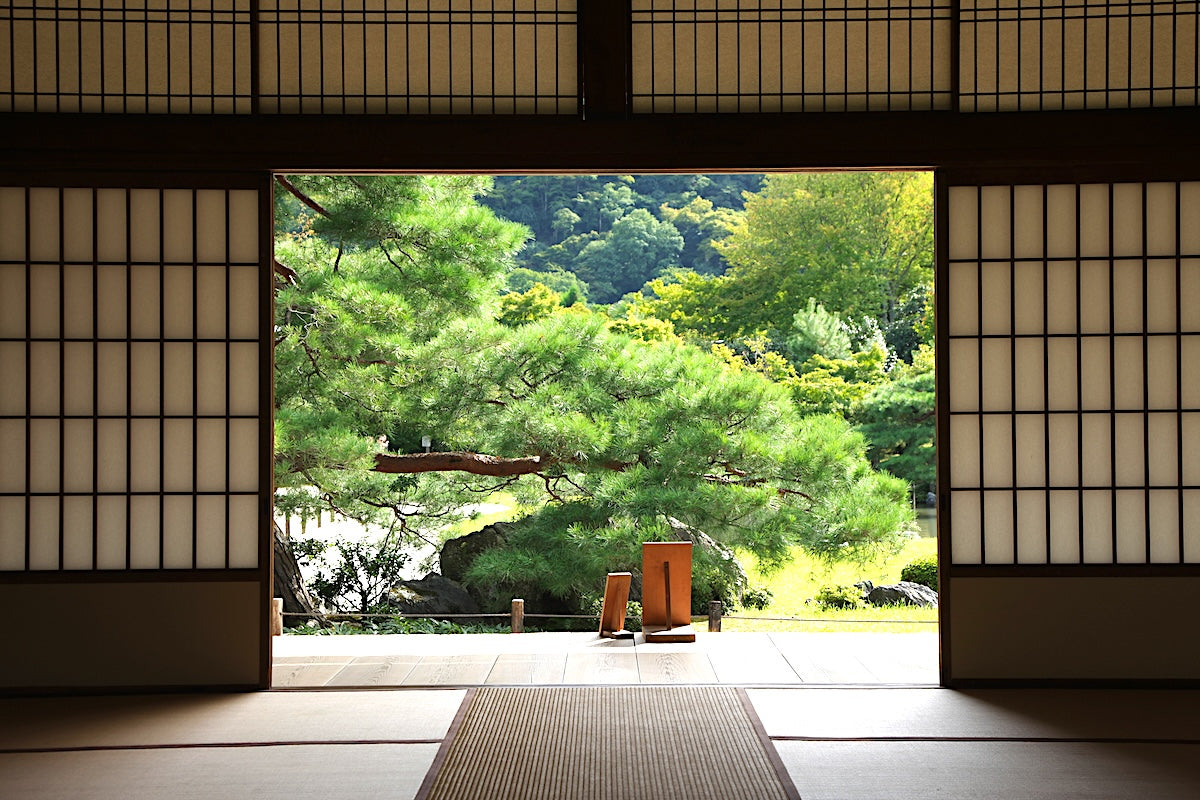
Floor Story: A History of Tatami - and How to Arrange Those Mats
Tatami mats went from aristocratic bedding to the signature floor of Japanese interiors. Here's a look at tatami from the ground up: its history, auspicious layouts and the arrangements that are be...
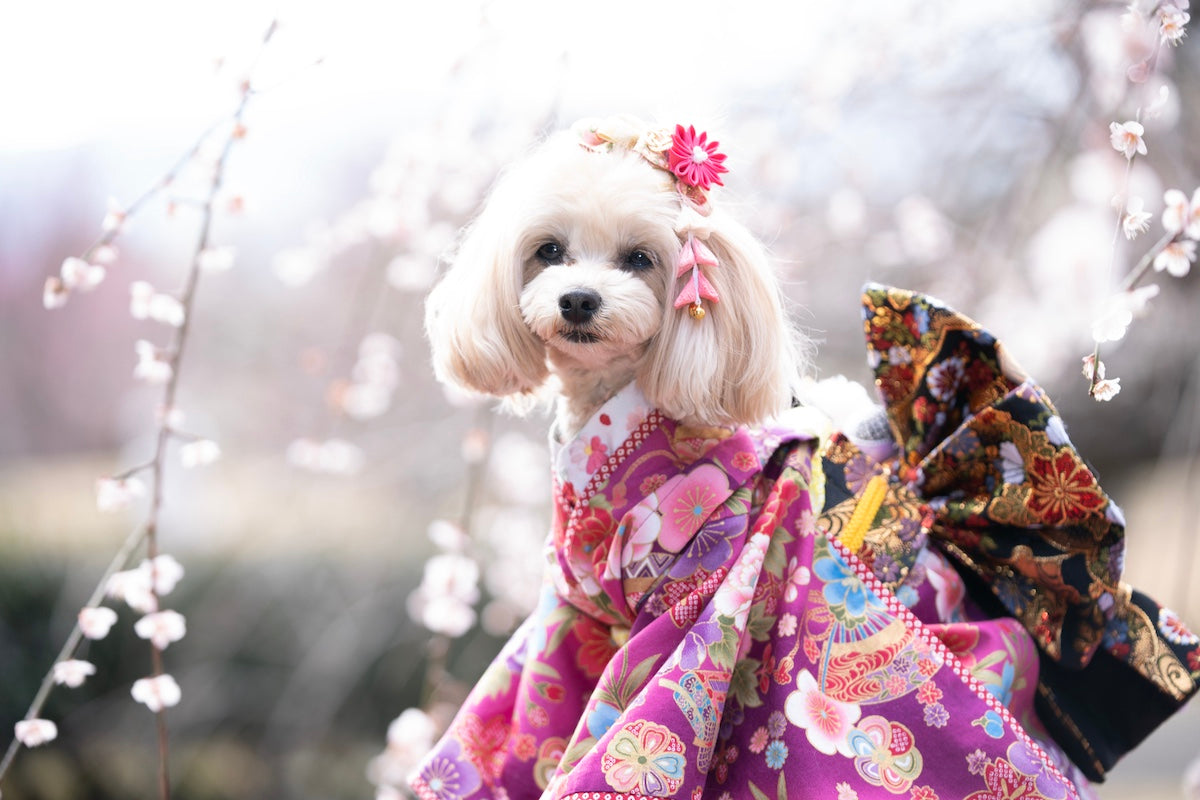
It’s a Dog’s Life: Japan’s Top Dog Shrines and Temples, Part 3
From a fierce hunting dog to one that famously understood human speech, the third part of this series celebrates the shrines and temples associated with famous historical figures and their canine c...
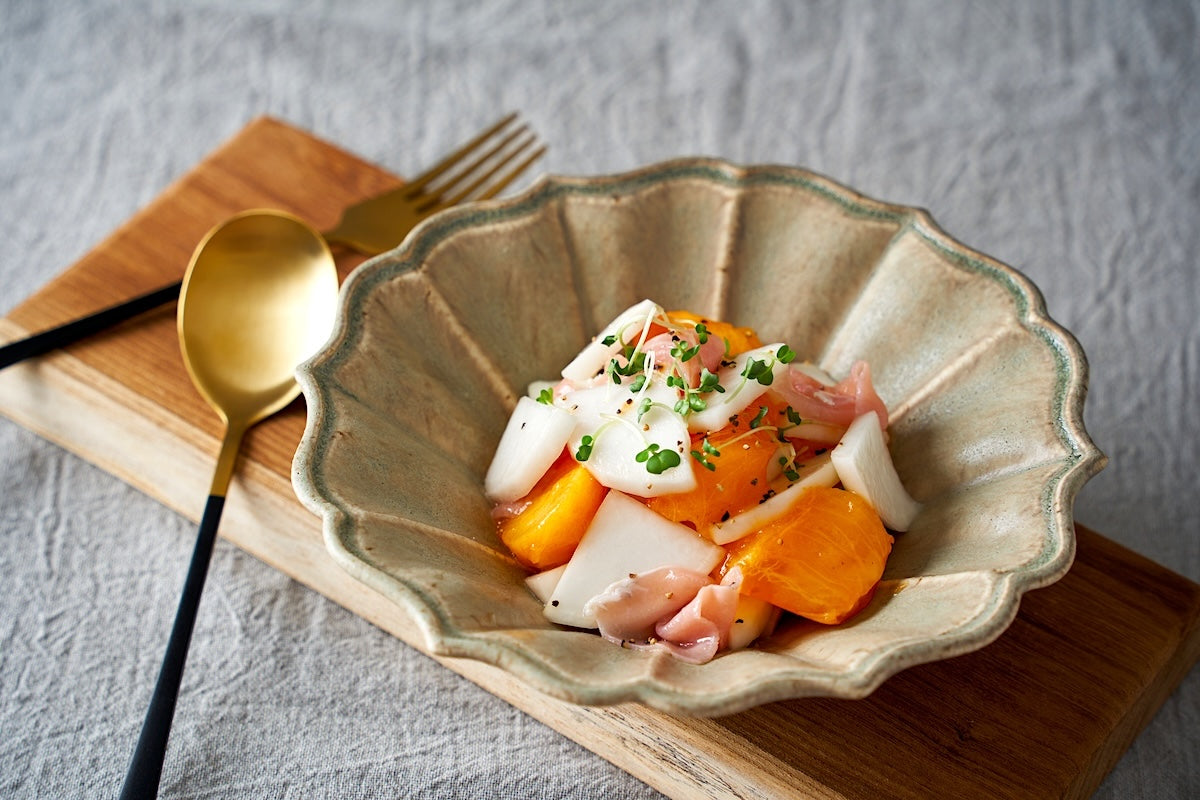
What to Do with Japanese Persimmons: Shiraae Tofu Salad Recipe and More
A guide to Japanese persimmons, covering major varieties and methods for preparing them, along with a persimmon shiraae tofu recipe that highlights seasonal washoku flavors.
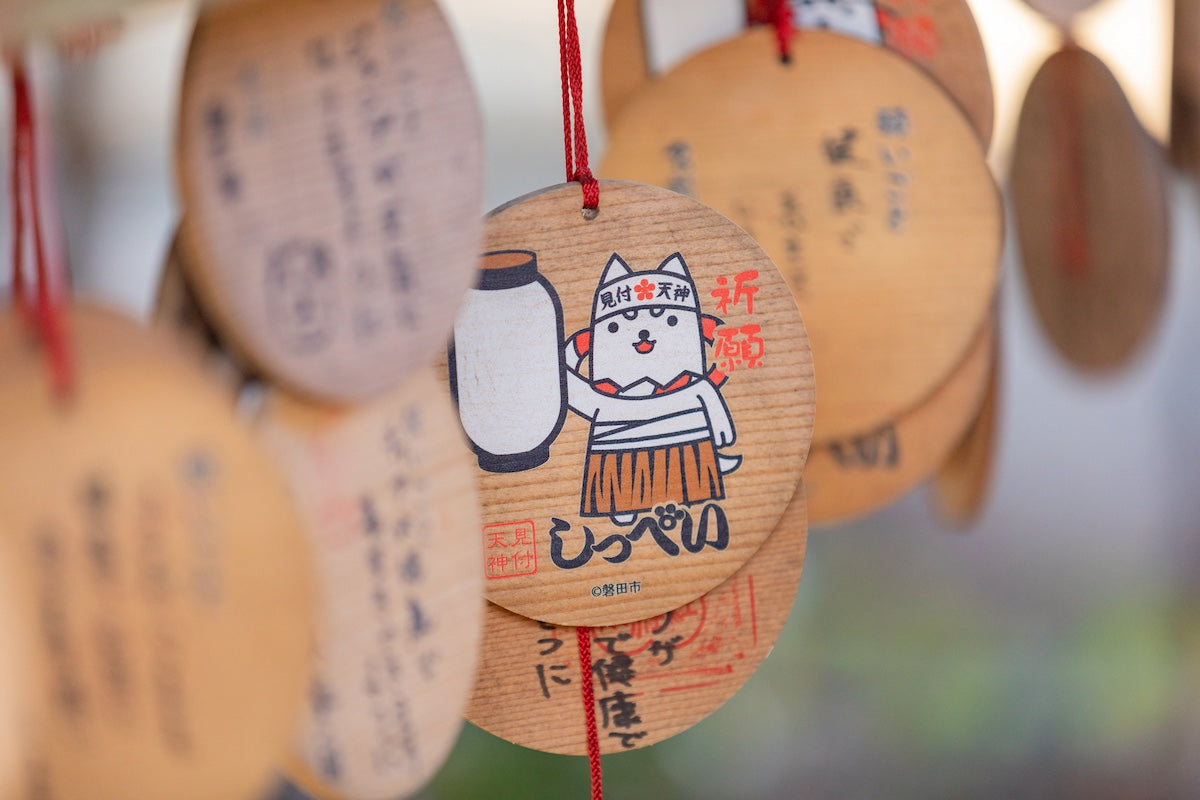
It’s a Dog’s Life: Japan’s Top Dog Shrines and Temples, Part 2
Part two of this dog-themed series takes us to shrines and temples in Central Japan, featuring a number of faithful doggos. Don't forget to say a prayer for these legends.
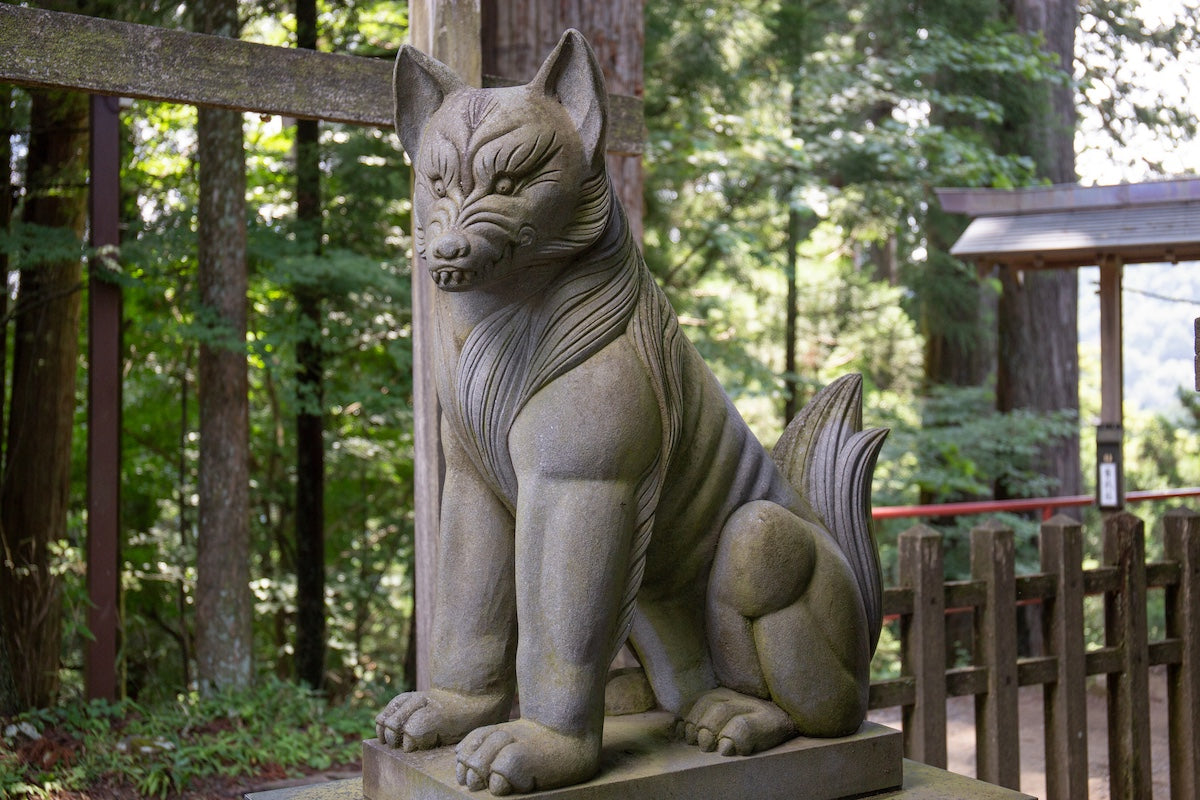
It’s a Dog’s Life: Japan’s Top Dog Shrines, Part 1
The first of a four-part series, these shrines and temples in Japan celebrate and venerate our canine companions. It's true what they say – every dog will indeed have its day.
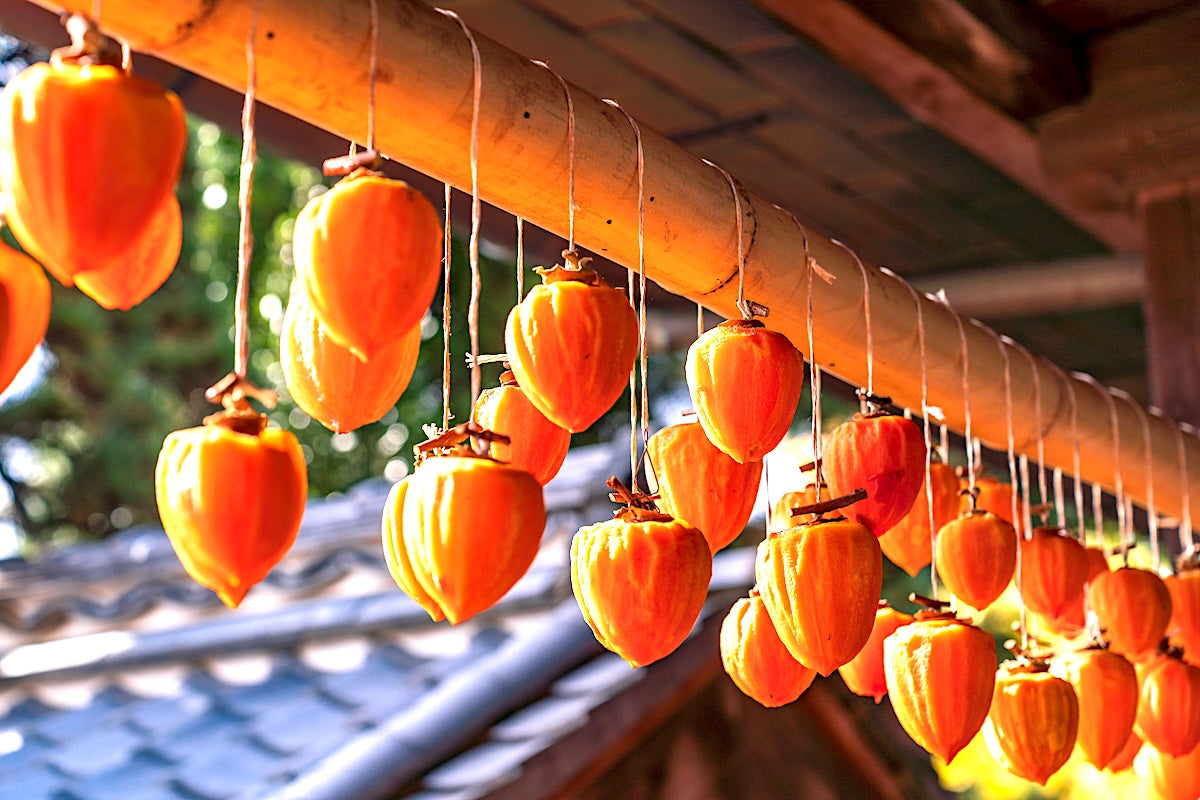
Autumn in a Bite: Japanese Persimmons and the Season of Nostalgia
The vivid orange of kaki signals autumn’s arrival. Here's an introduction to the history and health benefits of Japanese persimmons.

A Bento Box for Your Bullet Train? A Guide to Ekiben at Kyoto Station
For a tasty, relaxed introduction to Kyoto cuisine, start with the ekiben at Kyoto Station. Here are four picks that turn train boxed meals into a sampling of Kyoto’s culinary heritage.

Choosing Sake Vessels: Enjoy Sake More With the Right Cup
Shape and material change the aroma and flavor of sake. This guide introduces sake vessels from ochoko to tokkuri and offers tips on matching them with different kinds of sake.
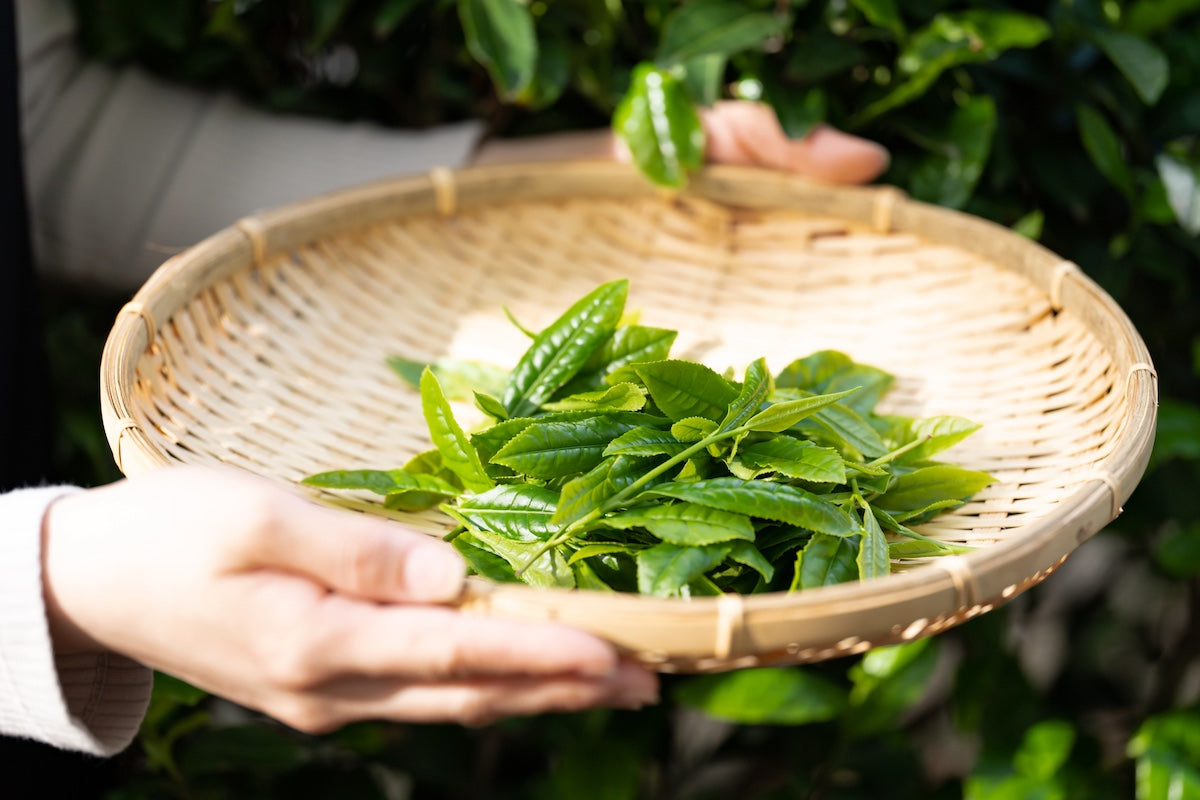
All the Tea Shrines of Japan (and One Buddhist Statue)
Spilling the tea on all the shrines we spent matcha toolong reading about. Give it a chai.
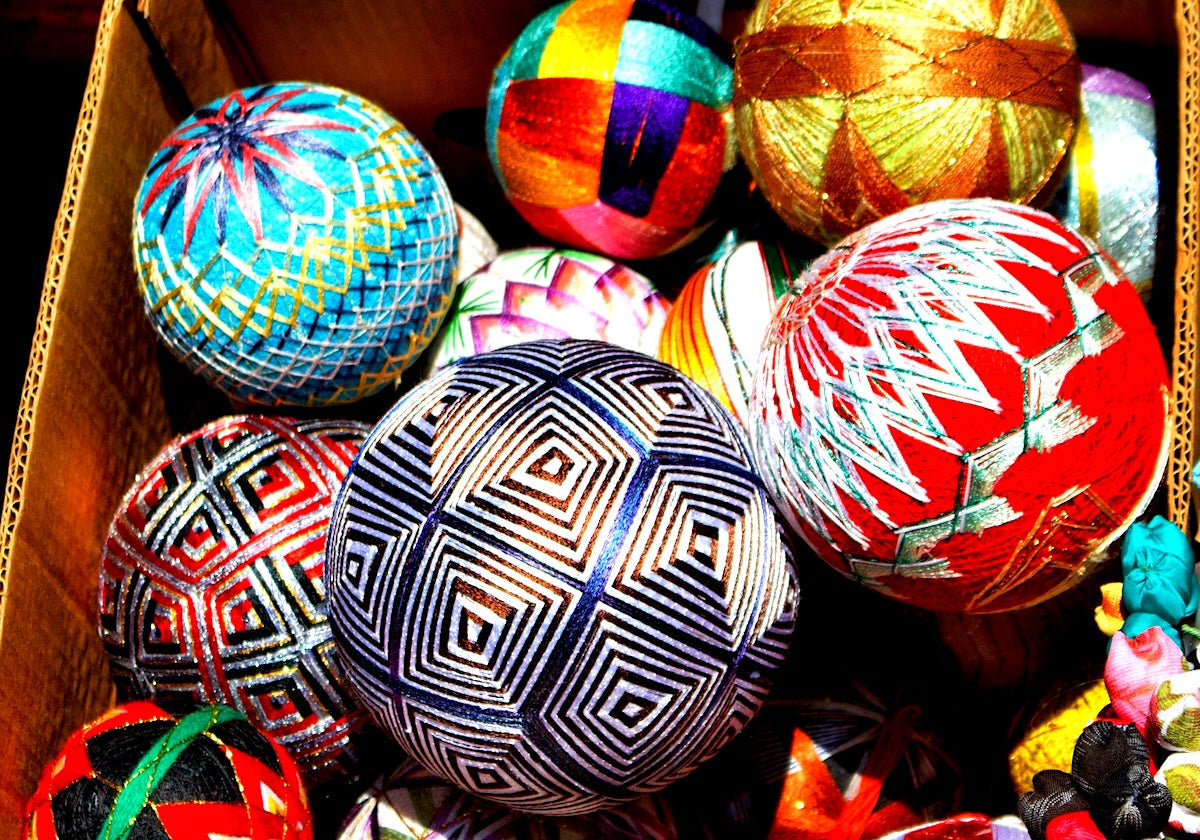
Monthly Flea Markets in Kyoto - Unesco World Heritage Sites Included
A guide to major flea markets in Kyoto - including the antique and handicraft fairs at Toji, Kitano Tenmangu and Chion-ji - plus seasonal scenery and shopping tips.
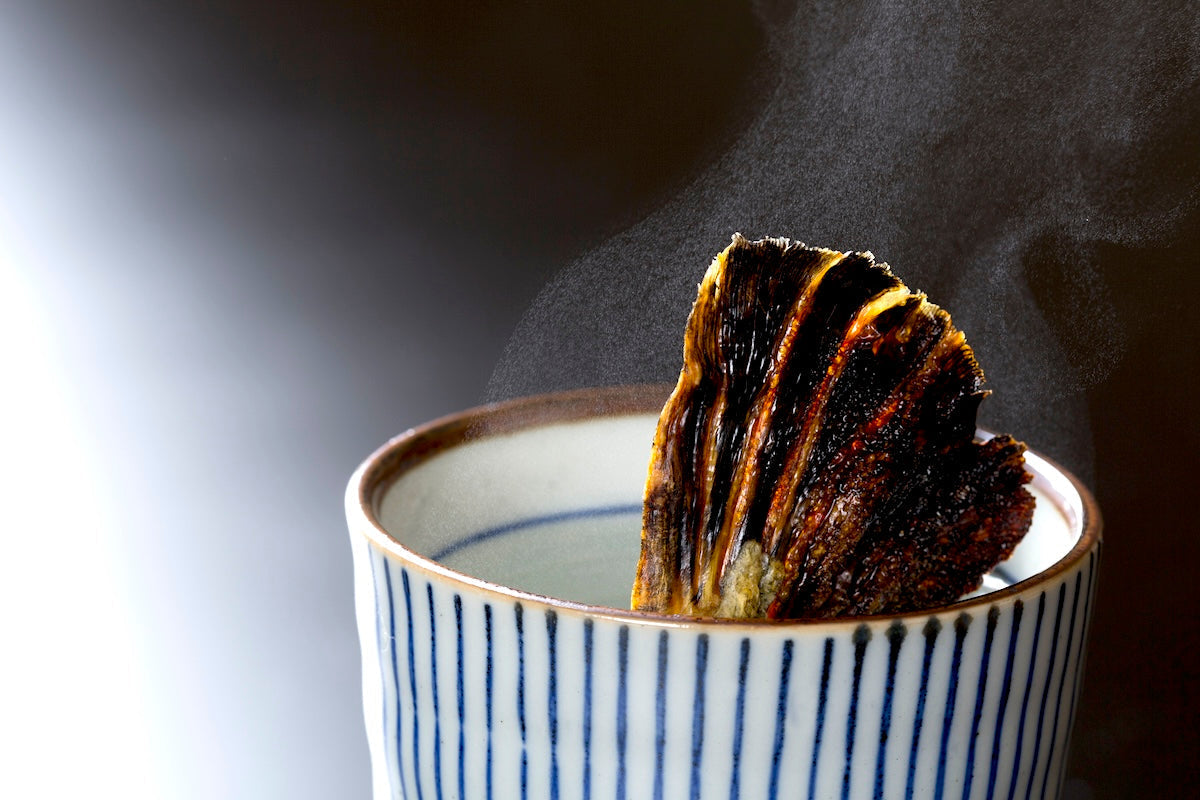
Some Like it Hot: How to Heat Sake at Home - and Prepare Fugu Fin Sake
Warm up your Japanese sake the right way. This guide walks you through the different ways to heat sake at home, which styles to enjoy hot and how to make hirezake: smokin' hot sake with a charred f...

Culinary Shrines of Japan: Part 3
These culinary shrines celebrate some of the most fundamental parts of Japanese cuisine — salt, sugar, seaweed, miso, and shōchū. Sake included elsewhere.
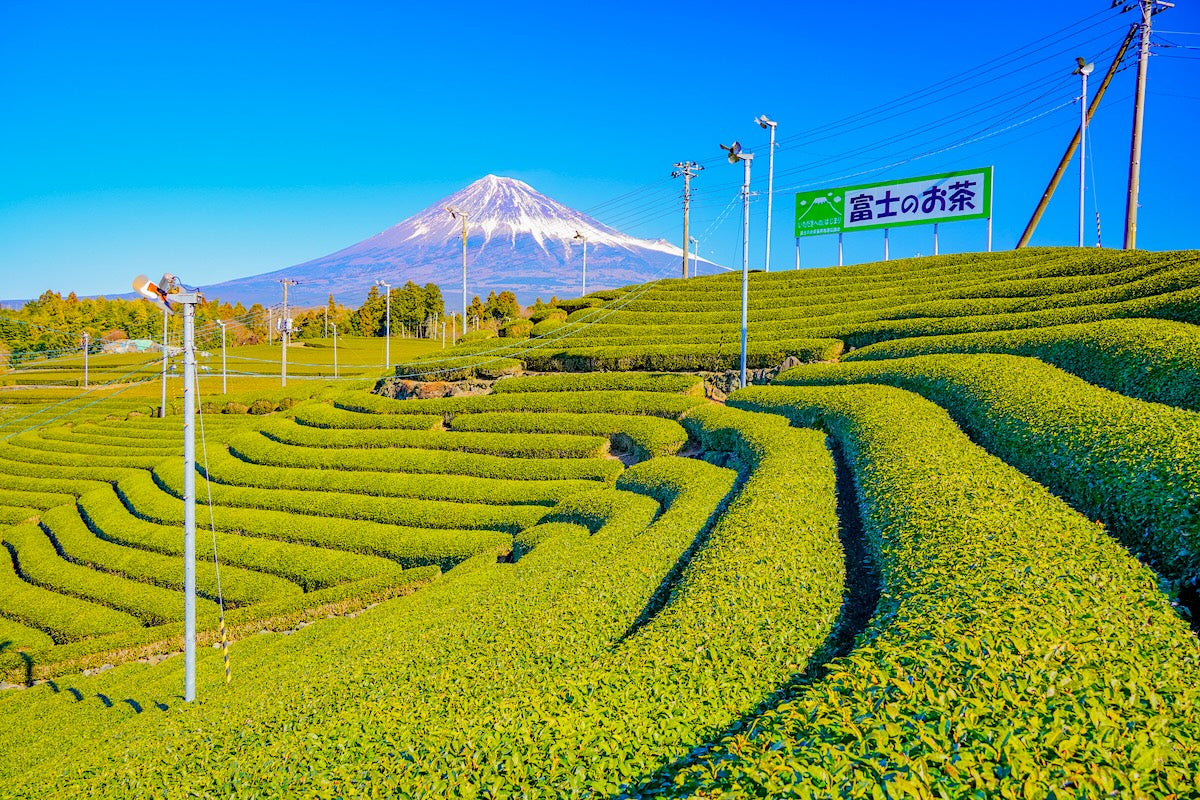
Temperature, Time, Leaf: A Brew Guide for Sencha and other Japanese Green Teas
Bring out the best in Japanese green tea. By paying attention to the water, temperature and infusion time, you'll get a cup full of taste and aroma every time.

Sweet Spots for Matcha Ice Cream in Kyoto: Nanaya, Itoh Kyuemon - and Walden Woods
In Kyoto, Japan’s green-tea capital, matcha meets ice cream in forms ranging from gelato graded by intensity to portable parfait bars and minimalist café creations. Here’s where to taste the city’s...
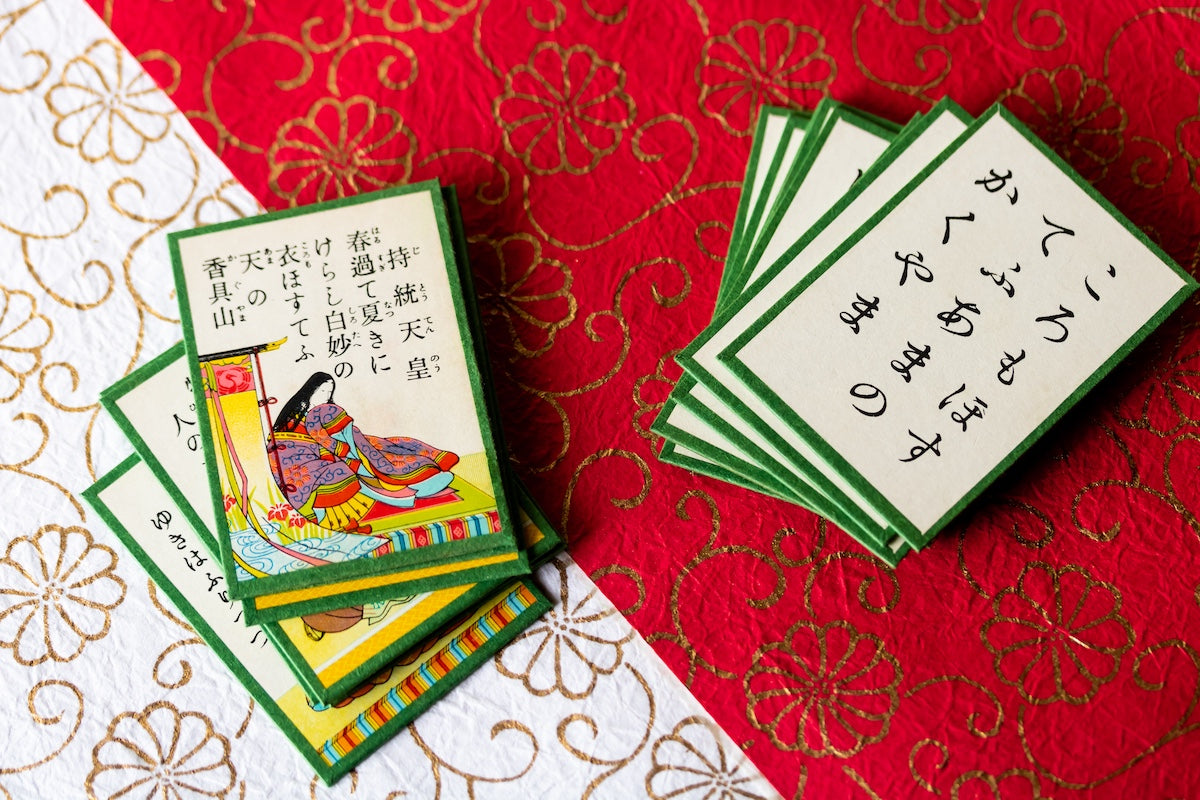
Literary Shrines and Temples for Writers and Poets
Facing writer's block? Try these literary shrines and temples for a little divine inspiration.

Hike Japan: Twelve Trails for Your Next Trip
From valleys to volcanoes, here are a dozen ways to get lost in the Japan's natural landscapes.

See Priests Run: Decoding the Names for the Months in the Old Japanese Calendar
Trace the poetic meanings behind Japan’s old month names, such as Mutsuki, Yayoi and Minazuki, and see how the Japanese lunisolar calendar once tied time to the moon, rice fields and the movement o...
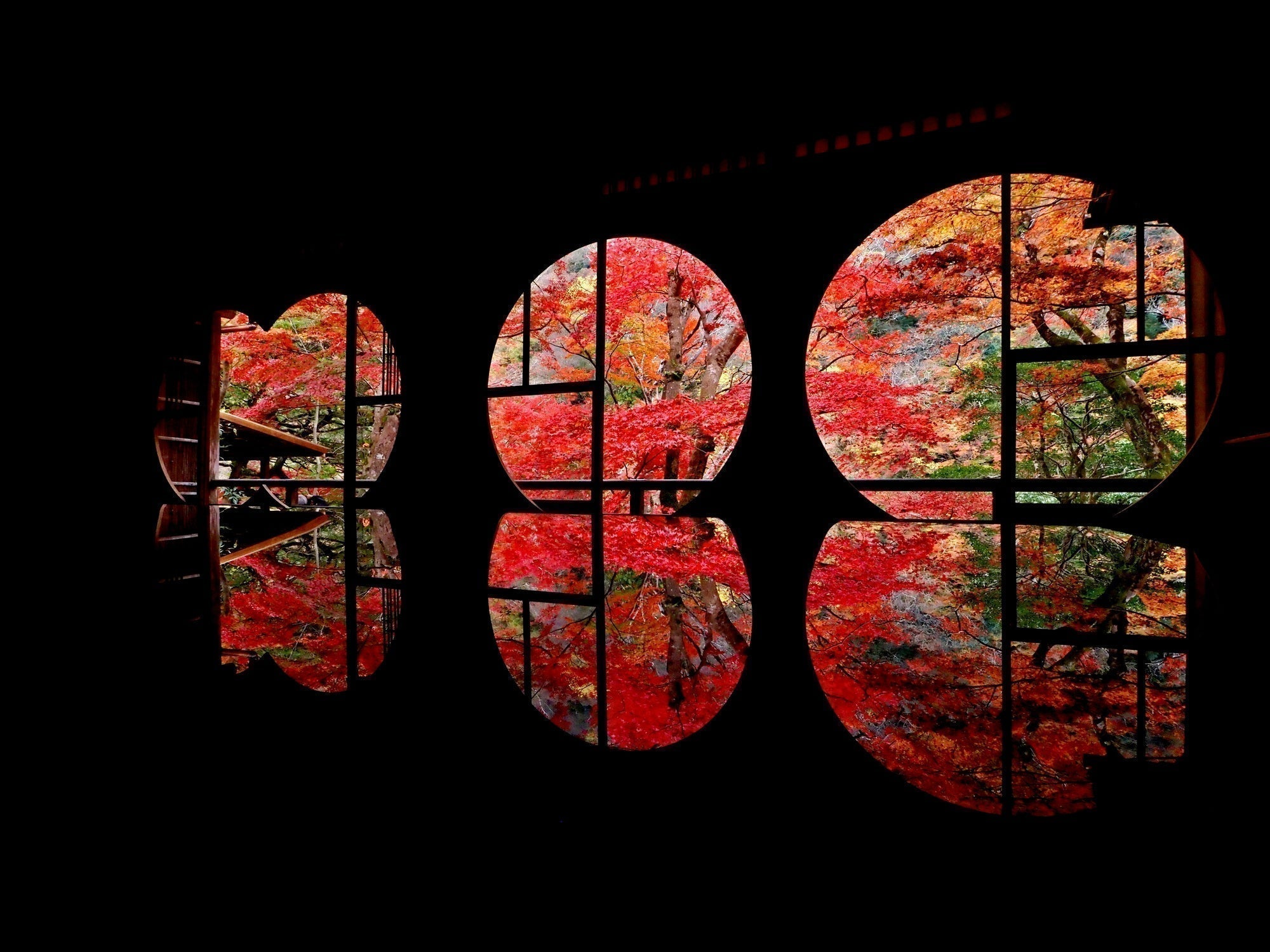
Fall Foliage Guide: Autumn in Kyoto without the Crowds
Step into Kyoto’s hidden side this autumn - serene temples, mossy gardens and historic villas aglow with maple leaves away from the city’s bustle.
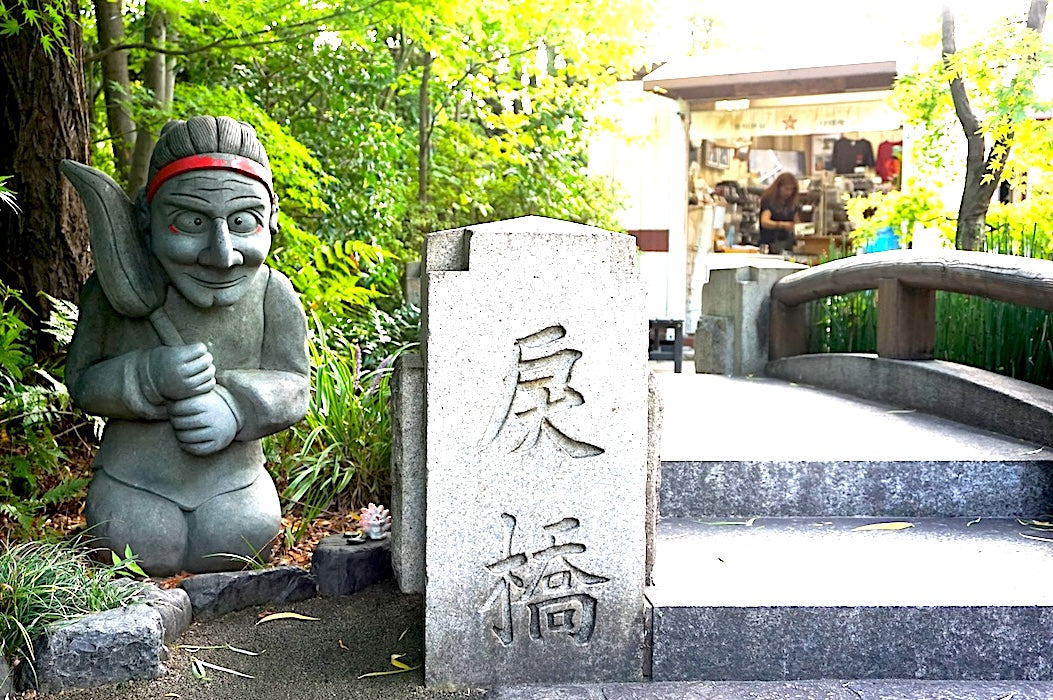
Seimei Shrine in Kyoto: The Enchantments of Japan's Yin-Yang Master
Abe no Seimei, Japan’s most renowned sorcerer, was famed for his mastery of Onmyodo - the Way of Yin and Yang. With Kyoto’s Seimei Shrine at the center of his legacy, he continues to embody this un...

Seasonal Sake: Hiyaoroshi, the Taste of Autumn
In Japan, autumn comes bottled. Hiyaoroshi sake, first brewed in the Edo period, is released each fall as a seasonal celebration - mellow yet lively and perfectly paired with the harvest.
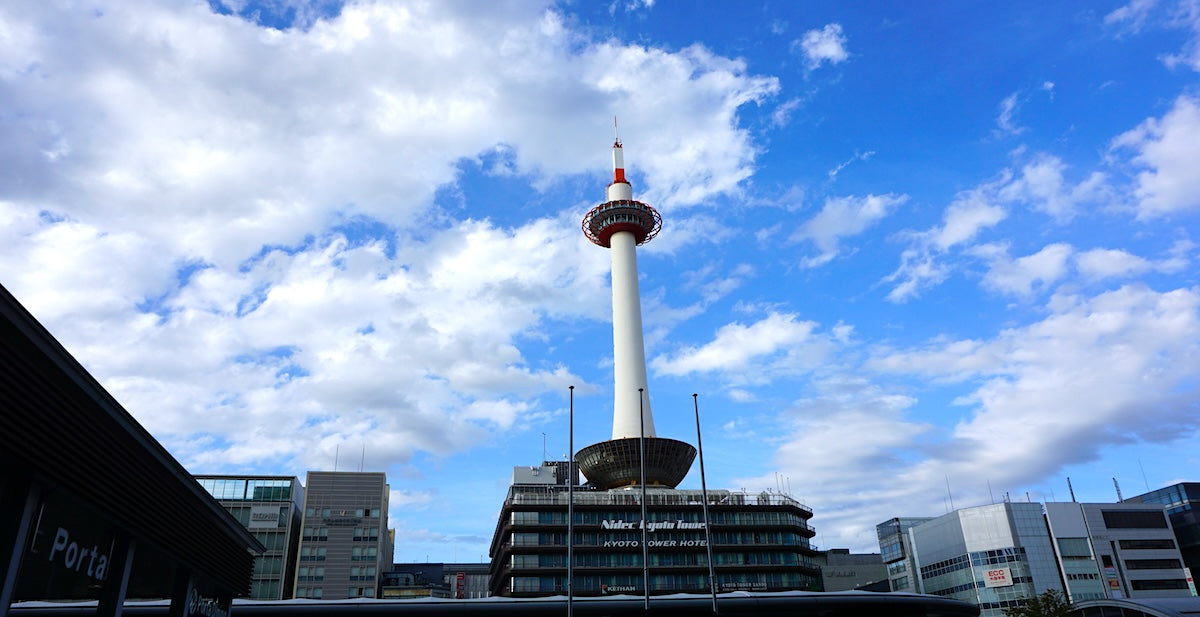
Kyoto Station Dining: Quick Bites Before Boarding Your Shinkansen
Kyoto Station is packed with restaurants, cafés and food courts. Here’s a guide to the best places to grab a bite before catching your train.
